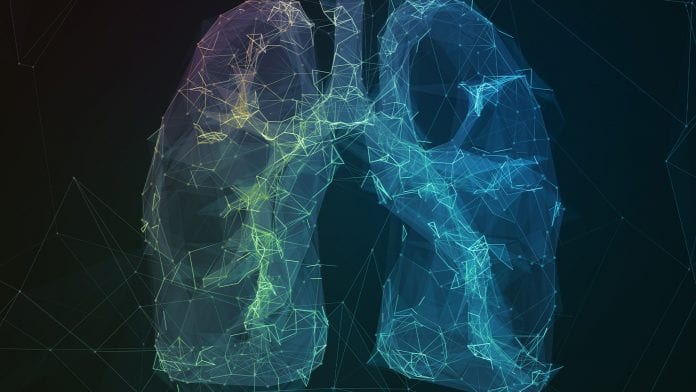
Published in the Annals of Oncology, using the blood of lung cancer patients, researchers have detected cancerous DNA, could this be an advancement in liquid biopsies?
A new method of determining the sequence of molecules in DNA can be used to detect small fragments of cancerous genetic material in blood samples from lung cancer patients with a high degree of accuracy. In the study, researchers have found that the use of liquid biopsy is a promising technology development that has the potential to help improve the care of patients.
What do you know about liquid biopsies?
Results from analyses of liquid biopsies in patients with non-small cell lung cancer (NSCLC) show that it is possible to identify the genetic variants that are either driving the cancer or making it resistant to treatment.
This presents the opportunity for doctors to use liquid biopsies to help them choose the best treatment for patients based on the genetic make-up of their tumours.
Researchers in the USA used a method of analysing patient blood samples called ‘ultra-deep next-generation sequencing’. This involves reading the DNA fragments that have been released by the tumours into the blood stream – known as cell-free DNA (cfDNA) – an average of 50,000 times to ensure the greatest accuracy in detecting variants from any of 37 genes commonly involved in lung cancer.
Detecting cancerous DNA in the blood of lung cancer patients
The researchers from Memorial Sloan Kettering Cancer Center (MSK), New York, MD Anderson Cancer Center, Texas, and Dana-Farber Cancer Institute, Boston, USA, collected blood samples from 127 patients with newly diagnosed advanced NSCLC that had spread (metastasised) to other parts of the body or who had recurrent metastases.
In order to compare the performance of the liquid biopsy with the tissue biopsy in an unbiased manner, the liquid biopsy was tested ‘blind’, without knowledge of what the tissue biopsy had already found. This enabled the researchers to extrapolate the usefulness of the liquid biopsy to detect mutations accurately in patients without adequate tissue to test.
Dr Bob T. Li, a medical oncologist at MSK, who led the research on behalf of the Actionable Genome Consortium, said: “We found that of the 91 patients in whom the tissue biopsy had found cancer-driving mutations, analysis of the liquid biopsy detected 68, giving a true positive rate of 75%. Among the 19 patients without mutations detected in the tissue biopsy, the liquid biopsy also did not detect any mutations, meaning there were no false positives and giving a true negative rate of 100%.”
“Our results suggest that liquid biopsy can play a complementary role to tissue biopsy in the treatment of lung cancers. Due to its high specificity of 100%, meaning there were no false positives, liquid biopsy could be performed first and be used to guide treatment, especially when tissue biopsy may be inadequate or not feasible. The caveat is that owing to its modest true positive rate of 75%, if the liquid biopsy is negative, a tissue biopsy is still required,” he said.
A promising tech development for lung cancer patients
The mutations driving the cancer or making it resistant to treatment that were detected by the tissue and liquid biopsies included changes in EGFR, KRAS, ALK, ROS1, BRAF, HER2, RET and MET genes, for which there are existing, targeted treatments as well as new drugs or drug combinations in development.
Dr Li concluded: “Liquid biopsy is a promising technology development that could help improve the care of patients. We are carrying out further research into this novel test, and these latest results are a step in the right direction for the field of liquid biopsy.”







